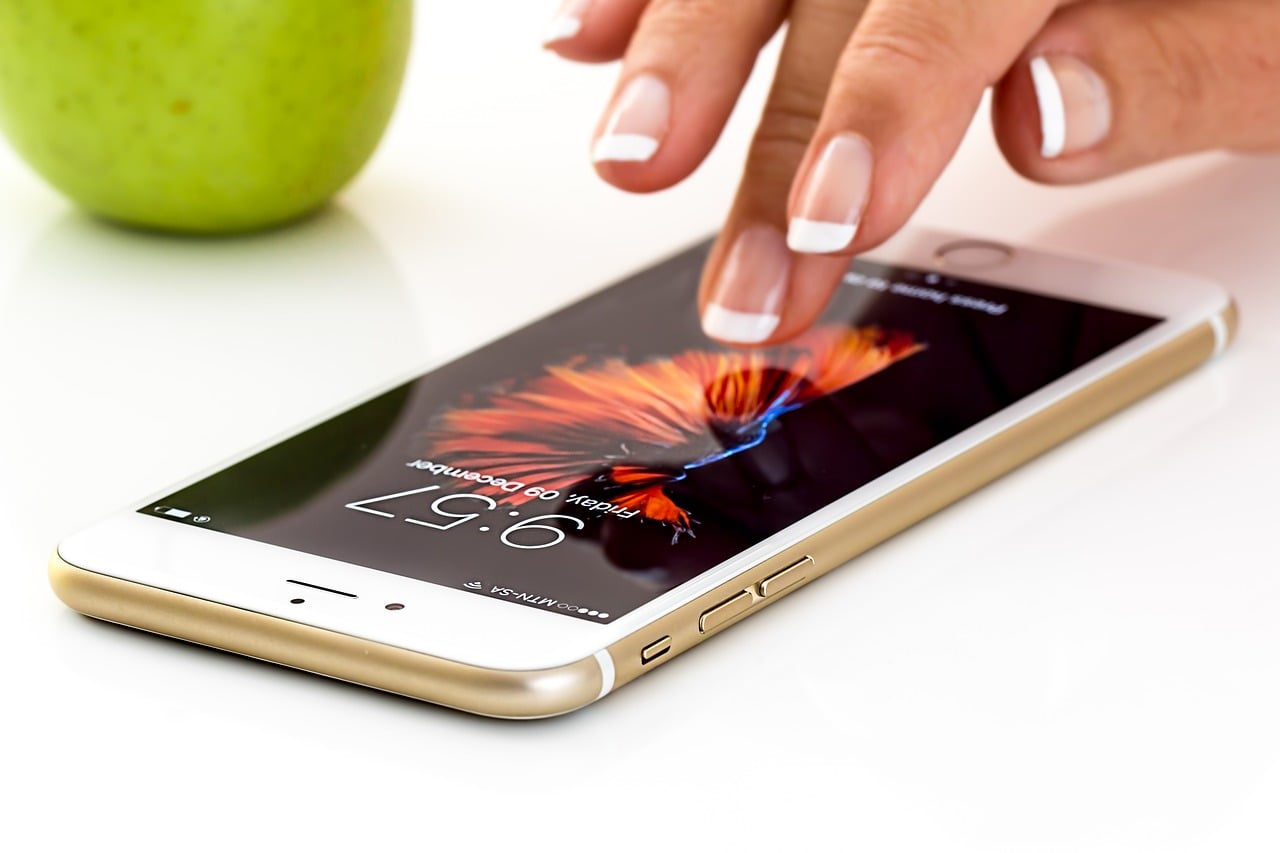President Trump has placed a 10% tariff on the $300 billion of Chinese goods imported in to the U.S., Apple Inc. (NASDAQ:AAPL) stock has reacted negatively to this news. Below are the comments from analysts on how the tariffs will impact iPhone sales and Apple’s FY20 EPS.
BofA Merrill Lynch
Apple stock reacted negatively to the mid-day announcement that the U.S. will impose 10% tariffs on an incremental $300bn of goods imported into the U.S. Our back of the envelope math suggests the impact will be roughly $0.50-$0.75 (annualized) hit to earnings with roughly $0.30-$0.50 from iPhones. In the broader context of the tailwinds that Apple has we view this as a relatively small amount over the next several quarters and would use the pullback as an especially attractive opportunity to buy shares of Apple.
Q2 hedge fund letters, conference, scoops etc
Wedbush
President Trump's tweets earlier today regarding a 10% tariff placed on the $300 billion of Chinese goods brought back a dark cloud over Cupertino. We ultimately believe if fully absorbed this tariff would negatively impact FY20 EPS by roughly 4% and be a clear overhang on numbers. If Apple passes through the 10% tariff to consumers we could see a hit to iPhone demand by roughly 6 million to 8 million iPhones in the US based on our analysis over the next 12 months based on our overall unit forecast of 185 million iPhones globally for FY20. After Cook & Co. have navigated significant noise and headwinds the last thing the bulls wanted to see today was this news from the Trump administration as Apple is clearly caught in the crossfires between DC and Beijing.
Wells Fargo Securities
Apple’s 10-Q discloses another reduction in the company’s F2019 (Sept ’19) capex expectations – now guiding ~$10B (-40% y/y), down from the company’s previously reduced $12B and initial $14B guidance. This represents a decline from company spending $12.8B, $14.9B, and $16.7B in F2016, F2017, and F2018, respectively. As a reminder, Apple’s reported capital expenditures can differ materially from the company’s disclosed Payment for Acquisition of PP&E on the Statement of Cash Flow. Apple’s 10-Q discloses that the company spent ~$1.6B in capex during F3Q19 (vs. CF statement at $2.0B). This represents a 70% y/y decline vs. ~$5.3B spent in F3Q18. Apple’s updated F2019 capex guide implies $5.1B of capex in F4Q19, or down 9% y/y from $5.6B spent in F3Q18.






